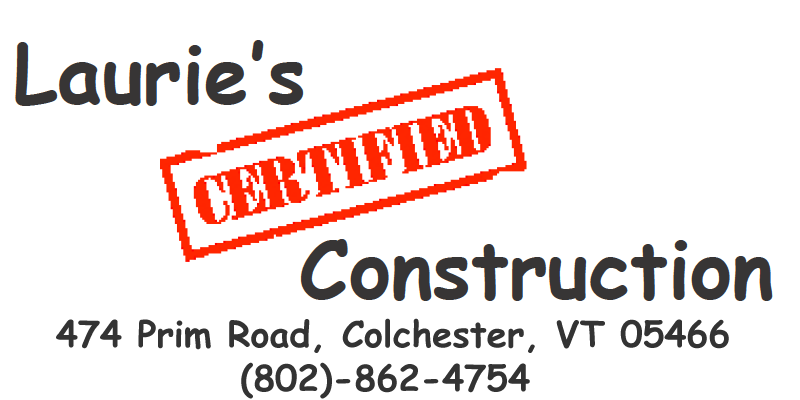Choosing the Best Flooring Options for Your Home - Part One
Choosing the best flooring for your home isn’t always as simple as going to your local hardware and picking a material. You must consider several factors that play very important roles in the functionality and durability of your chosen floor material. Today I’m going to go over several flooring options, describing them in detail. Part two of this miniseries is going to focus on the important questions that will determine the best choices for flooring.
First – Understand Your Options
Hardwood: Hardwood flooring has been a national favorite for decades. It lends a warm, natural feel to any interior environment. Many of today’s hardwood options are milled using sustainable materials. They may be purchased as bare planks that require staining or prefinished options that are ready to install.
Laminate: Laminate flooring is a very popular flooring choice because it is nearly indistinguishable from hardwood flooring, and much less expensive per square foot. This type of flooring is engineered by layering real wood materials and a very durable laminate product, and then imprinted with a wood grain image to mimic the appearance of real wood.
Bamboo: This is one of the most sustainable natural materials due to the speed at which it grows. It may be cultivated every three to five years on average. Bamboo floors are very light weight, extremely strong, and very durable. It resists many of the damaging effects of humidity, making it perfect for high humidity climates.
Cork: Cork is another very sustainable, eco-friendly flooring option. Cork provides a great non-slip surface for areas like kitchens or bathrooms. It’s available in a variety of prefinished tiles for easy installation.
Linoleum: Linoleum is considered an eco-friendly flooring option because it is made from natural materials that do not deplete our forests. It is a flexible combination of wood flour, different types of rosins, and linseed oil. It is one of the less expensive flooring options.
Tile: Materials used in the production of tile flooring include terra cotta, natural stone, ceramic, or porcelain. Natural stone tile types include marble, granite, travertine, and slate. Tile is most often available in squares that may be cut and made to fit the area as needed.
Vinyl: Vinyl is a popular choice for rooms that receive a lot of moisture, such as kitchens, laundry rooms, and bathrooms. The general rule of thumb for vinyl is – the thicker it is, the more easily it stands up to high traffic.
Concrete: Concrete is quickly taking traction as a popular choice for household flooring due to its durability. Concrete has the ability to be stamped into nearly any design. It may be made to resemble polished marble, pavers, or mimic the look of individual tiles.
Carpet: Carpeting is still a popular choice for bedrooms, although many homeowners avoid potential allergens by avoiding the installation of carpet.
I hope this brief description of flooring types has helped shed some light on the variety of options available for your home. If you would like more information or help choosing the right type of flooring for each room in your home, call Laurie’s Certified Construction at 802-862-4754. Make sure to keep an eye out for the next blog post where I’ll be asking several thought-provoking questions that will also help you determine the best flooring for different rooms in your home.

